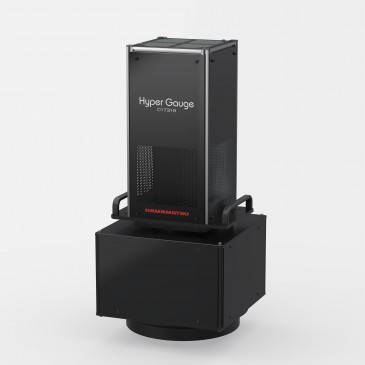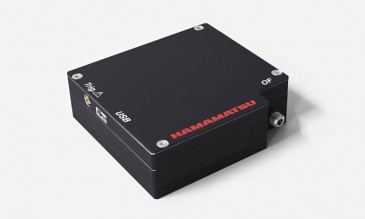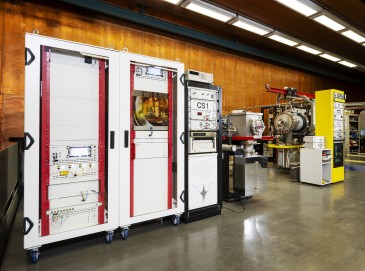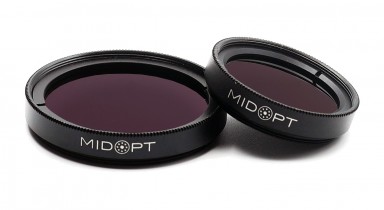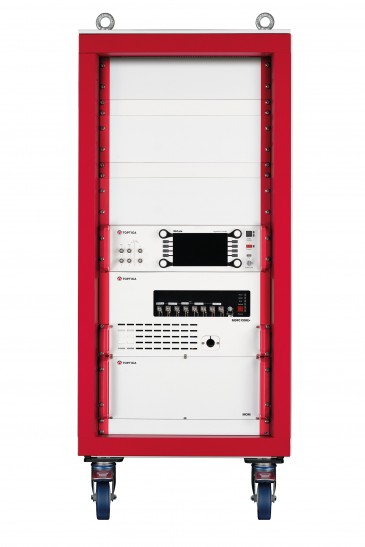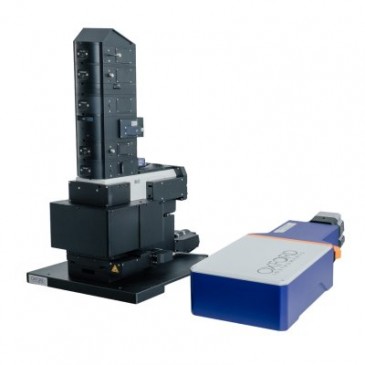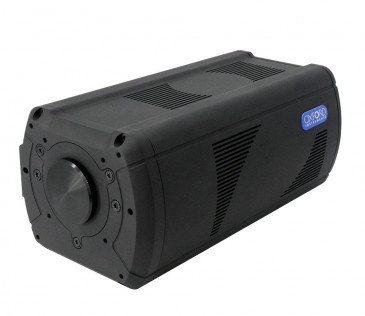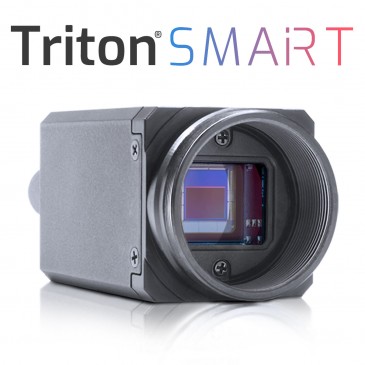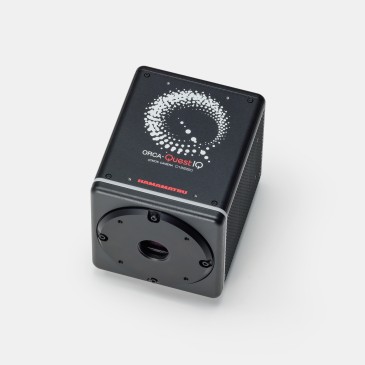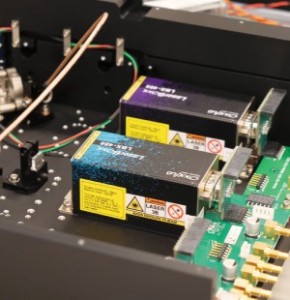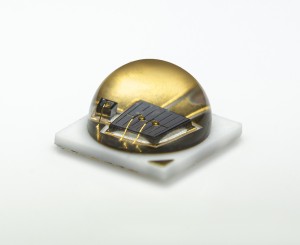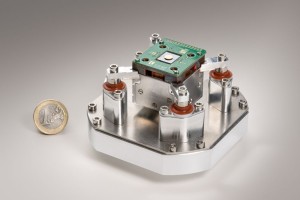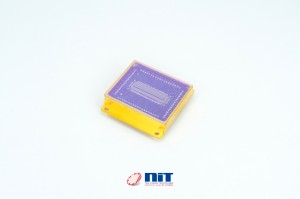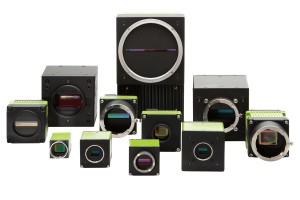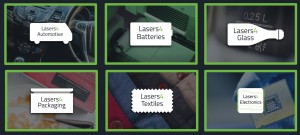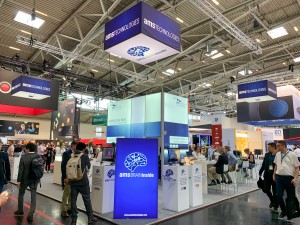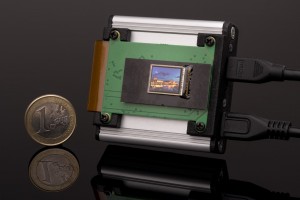
Scientists at the Ludwig Maximilian Universität (LMU Munich) in Munich, Germany, have discovered a phenomenon in the optical excitation of charge carriers in a solar semiconductor that could aid the exploitation of infrared light, which is normally lost in solar cells. This “optical overtones” effect could lead to more efficient conversion of optical energy in perovskite nanocrystals.
Until now, scientists knew to enhance the conversion efficiency of light into usable electric power through either multi-photon absorption or through multiple exciton generation. The processes of targeting below-band-gap and above-band-gap energies, respectively, have previously only been demonstrated independently. However, the LMU Munich team now reports the combined interaction of both nonlinear processes in CsPbBr3 perovskite nanocrystals.
Optical overtones — an analogy to acoustics
The researchers draw an analogy between the observed optical phenomenon and the resonance or overtone phenomena in acoustics, which are commonly used in music instruments — hence, the term “optical overtones”: “When intense red light impinges on nano-structured perovskite nanocrystals, a process similar to the generation of overtones in a guitar string takes place,” explains Aurora Manzi from the Photonics and Optoelectronics Group at LMU Munich. The fundamental light wavelength generates higher-order optical harmonics, i.e., overtones whose frequencies are integer multiples of the primary light oscillation. “We have discovered that when such an optical overtone becomes resonant with an overtone of the excitonic band gap, the energy exchange is enhanced, leading to an increased generation of charge carriers or, more precisely, of multiple excitons at the band gap.”
Multiple photon absorption efficiency drastically increases
The LMU team observed that for specific excitation wavelengths, the efficiency of multiple photon absorption drastically increased. “This is first of all surprising because we discovered high-order absorption processes, deviating from the expected two-photon absorption, at very specific energetic positions,” notes Manzi. “Moreover, this observation is extremely significant because we could associate these energies with multiples of the semiconductor band gap energy.” The effect can be described as a resonance behavior between multi-photon absorption and multiple exciton generation, which the researcher says has never been seen before.
Manzi likens these observed resonances to the physical phenomena taking place in two different strings of a guitar: “If we associate the first string to the light excitation and the second string to the semiconductor excitonic band gap, we know from acoustics that they will get into resonance if a certain harmonic of the first string will match another harmonic of the second string.”
Utilizing infrared light in solar semiconductors
“We have proved that it is possible to use low-energy photons to efficiently generate multiple excitons close to the observed resonances,” Manzi reports, adding that the observation of this novel resonance phenomenon for optical excitations in excitonic semiconductors could therefore pave the way for solar cells to more efficiently convert long-wavelength light into usable electric power. “This discovery could facilitate the utilization of infrared light, which is normally lost in solar devices, for various energy conversion systems exploiting high light intensities. Therefore, we are taking some steps to possibly go beyond the Shockley–Queisser limit.”
Impact on the next generation of solar devices and other light-based technologies
The discovery of the novel resonance phenomenon for optical excitations could in fact significantly impact the design of the next generation of solar cells. “We have discovered the presence of these resonances in films of perovskite nanocrystals,” Manzi confirms. She also reveals that, additionally, they have seen that a closely packed arrangement of these nanocrystals is necessary to observe these resonances efficiently. “These studies could open new pathways for the implementation of this phenomenon in the next generation of solar cells.”
The newfound knowledge could also influence future designs of other light-based technologies. Manzi says she and her colleagues have seen that, owing to the presence of resonances, the photo-generation together with the radiative recombination of excitons are highly enhanced. “These findings could therefore find application also in various light-emitting devices,” she projects.
What’s next?
“This is an exciting new finding with a possible impact for future solar devices,” Manzi says. “Together with our colleagues from the research network Solar Technologies Go Hybrid (SolTech), we will now try to develop innovative applications by playing with such overtones.”
The findings are reported in the paper “Resonantly enhanced multiple exciton generation through below-band-gap multi-photon absorption in perovskite nanocrystals,” published in Nature Communications.
Written by Sandra Henderson, Research Editor, Novus Light Technologies Today






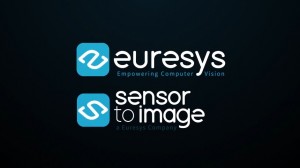
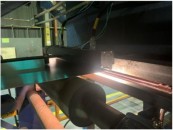


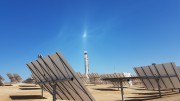

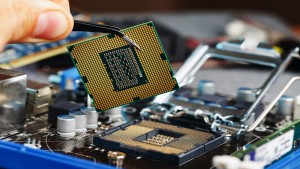
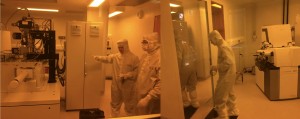
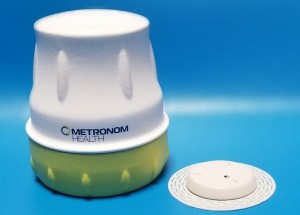


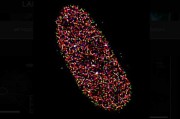


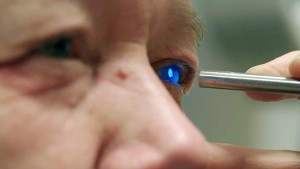


 Back to Features
Back to Features